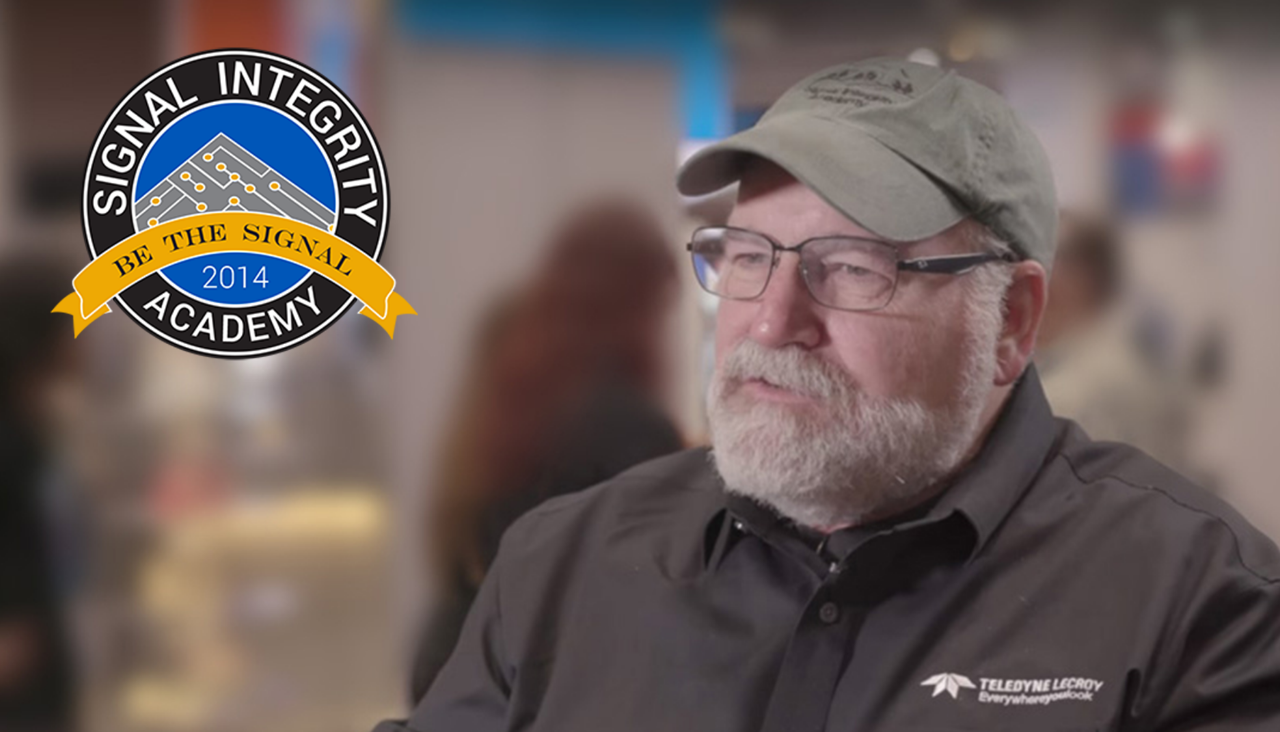Part 1:
Beyond the TDR
A Time Domain Reflectometer (TDR) displays the instantaneous single-ended or differential impedance profiles of an interconnect and the location of discontinuities. While this is valuable information, there is additional information we can extract by expanding to multiple ports and looking at not just the differential impedance, but also the common impedance and even the location of cross-talk and mode conversion. This free webinar introduces the value of looking at multi-port and mixed mode TDR and impedance measurements: the best measurement practices and how to analyze the results.
Part 2:
Reading S-Parameters Like a Book
The second important way of characterizing interconnects is using S-parameters. In this webinar, we open the black box of S-parameters to reveal the essential principles to build an intuitive understanding of what they are and how their patterns reveal physical features in the interconnects. In particular, we explore the connection between return and insertion loss and how the physical design of interconnects affects these two S-parameters. After this webinar, you will never be intimidated by S-parameters again.
Part 3:
Lossy Interconnects and Insertion Loss
Losses play a dominant role in all high-speed serial interconnects. We see these effects in the time domain by the rising reflected TDR response and increased rise time of transmitted signals. These are due to frequency-dependent losses, which are more easily characterized in the frequency domain. In this webinar, we will look at how to interpret the measurements of single-ended and differential S-parameters in terms of the frequency-dependent losses of the interconnect and the impact of these losses in the TDR response.
Part 4:
Mixed mode S-parameters and TDR responses
The single-ended S-parameters describe how single-ended signals interact with an interconnect. The mixed mode S-parameters and TDR responses describe how differential and common signals interact with an interconnect. In this webinar, we explore the connection between the single-ended and mixed-mode measurements: when are they similar, when are they different, and how to interpret the mode conversion terms. In particular, we will look at the difference in the single-ended and mixed-mode responses when the differential pair has an adjacent return plane and when it does not. Just as we use TDR to identify the location of discontinuities along an interconnect, we can use the Mixed Mode TDR response to identify the location of features causing mode conversion.
Part 5:
Principles of De-embedding
A fixture is commonly used as a geometry transformer between the coax connection of the instrument and the Device Under Test (DUT). If we want the S-parameters of just the DUT and not the DUT + fixture, we have to “de-embed” the DUT from the composite measurement. In this webinar, we will introduce the principles behind de-embedding and how it can be dramatically simplified using best measurement practices. It is a powerful technique that should be in everyone’s toolbox.
Part 6:
Using S-parameters as a behavioral model in System Simulation
Using just the S-parameter measurements of a channel, we can simulate how a high-speed serial link signal will look transmitting through the interconnect. In the final part of our webinar series on High-Speed Interconnects, we will look at how the interconnect features affect the S-parameters and how the S-parameters of a channel affect the eye diagram at different data rates. Particularly we will explore the impact of losses, discontinuities, and mode conversion. Using the best measurement practices, we will go from S-parameter measurements, de-embedding, exporting simulation-ready S-parameters, and channel simulation to analyze the eye diagrams and data-dependent jitter for a variety of interconnect structures.
